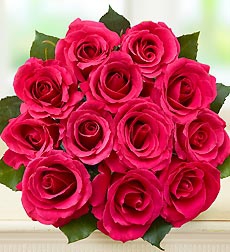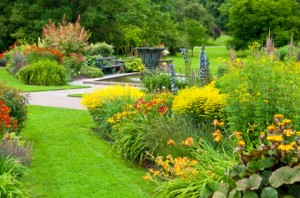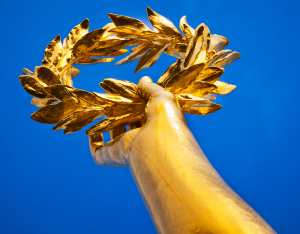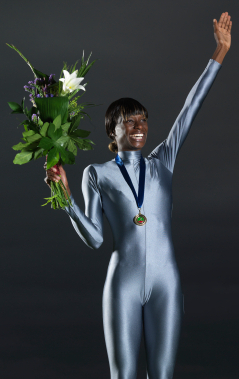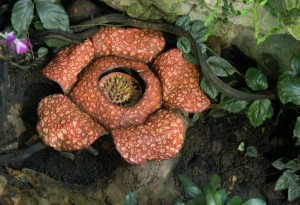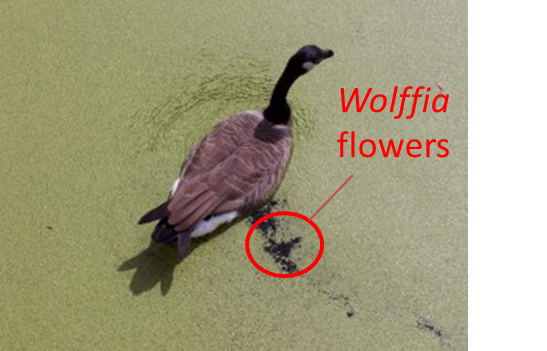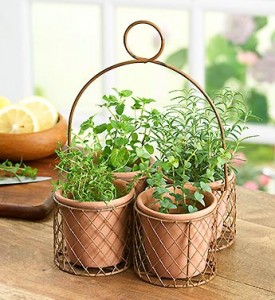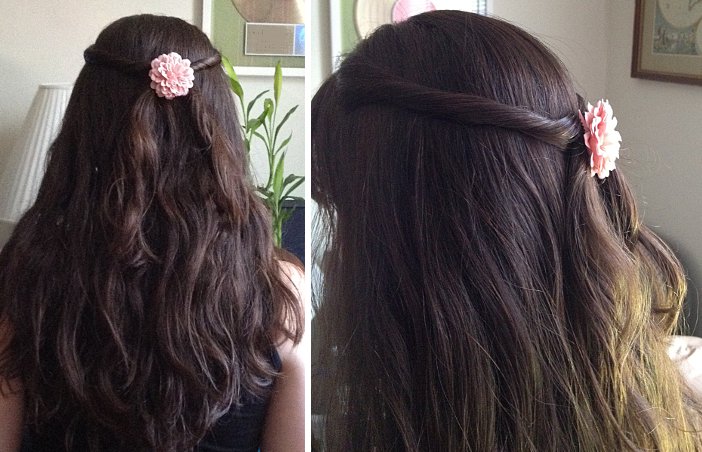Who could resist a rose called ‘Hot Lady’? It’s a spectacular hot pink rose, too, with two-inch-long buds that look good in a vase for at least 10 days. And the color! Hot, hot pink. It’s the kind of rose that florists love, not least because it appeals to the hot ladies for whom it was named.
As it happens, hot ladies have plenty of hot pink roses to choose from, thanks in large part to a century-old German firm called Rosen Tantau (Tantau Roses).
Just four men have run the company in that century, each one taking an inventive approach to rose breeding. Founded by Matthias Tantau in 1906 in a small town outside Hamburg, Germany, the firm became internationally known following World War II, when Jackson Perkins introduced ‘Garnette’, a popular red greenhouse rose, to the United States. It became a florists’ standard.
The success of ‘Garnette’ encouraged the firm to focus on developing roses with bright and strong colors in the early 1950s. Matthias Tantau’s son, also named Matthias, inherited the business from his father in 1953, and he set to work creating large-flowered varieties that would make florists happy the world over; he introduced roses that are as popular among florists as they are with home gardeners, among them ‘Fragrant Cloud’ and ‘Tropicana’, whose bright orange coloring and exceptional fragrance made it an instant success when it made its debut in 1960.
When Tantau retired in 1985, he handed the company over to a longtime employee, Hans Jurgen Evers. Evers began diversifying the firm’s business, creating roses that were disease-resistant and cold-tolerant, so florists’ roses could be grown commercially outdoors rather than strictly in greenhouses, a real consideration given rising energy costs. Now Tantau roses are grown commercially all over the world, with roses developed for specific climates, Ecuador, Kenya and the Netherlands in particular.
Regardless of which market a rose is developed to satisfy, florists and gardeners often want the same things: disease-resistant shrubs that produce a lot of blooms throughout a long season, and flowers that will last a long time, either in a vase or on the shrub. The florist also wants a rose that will travel well, and that requires a sturdy blossom. Tantau and other commercial-rose hybridizers have developed roses with very thick petals that hold up well for 10 days or more—preferably more. They also want long, long stems and few or no thorns.
‘Hot Princess’, another hot-pink Tantau rose, has become a standout for both commercial and home growers. Introduced in the year 2000, it produces classic pointed buds that open slowly to a perfect form. In just a dozen years it’s become one of the top-10 show roses in the United States.
Tantau followed up with ‘Hot Lady’, introduced in 2003. It was created with commercial growers in South America in mind; it does best in a cool climate rather than a hot one—despite its name.
What if you’re a home gardener—perhaps even a hot lady gardener—looking for a hot-pink rose to grow in your garden, not for exhibition but just to fill your vases? You can get ‘Hot Lady’, but it’s not easy. A few specialty growers carry it. But another Tantau rose, ‘Prima Ballerina’, has been a garden favorite for decades, and unlike ‘Hot Lady’, it’s wonderfully fragrant as well as being a gorgeous deep pink. ‘Footloose’ is another attractive and productive hot-pink Tantau rose for the home garden.
Don’t overlook ‘Romance’, a lovely pink rose created by Hans Jurgen Evers. After all, isn’t romance the whole reason a lady wants to be hot?
